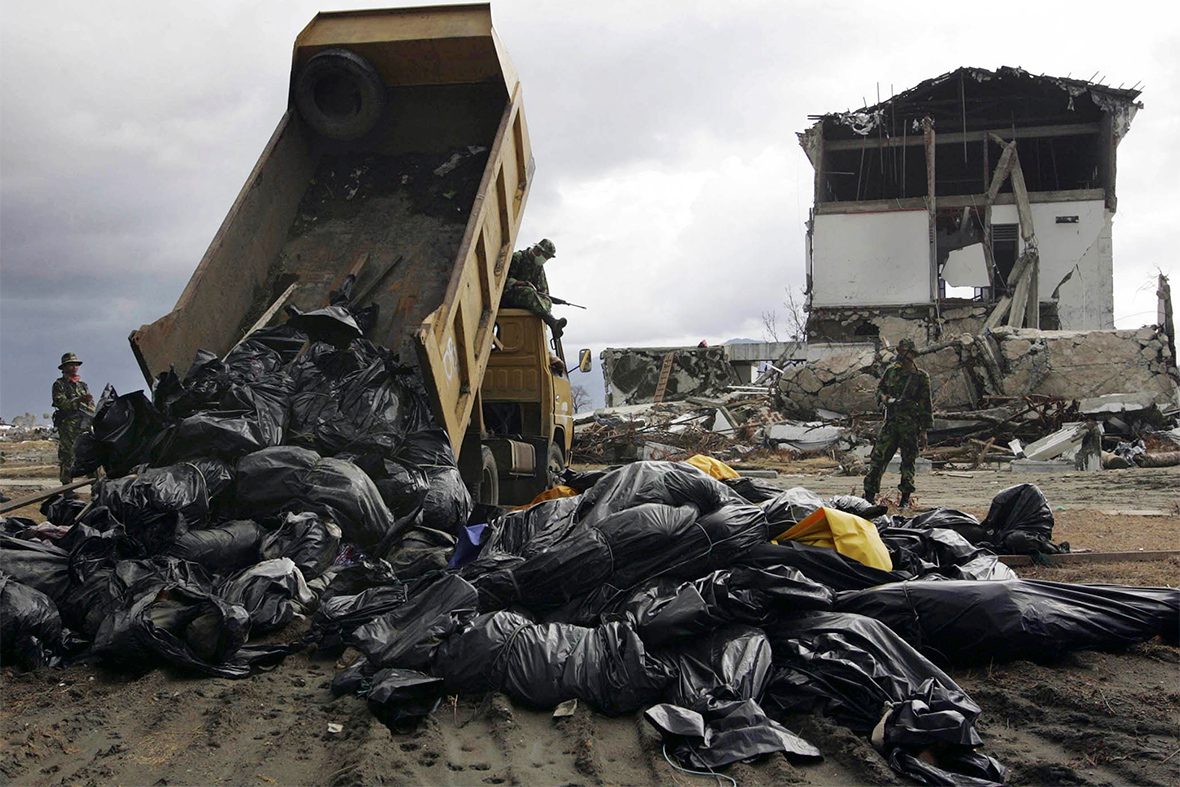

The tsunami was spawned by an 9.0 magnitude earthquake that reached depths of 24.4km- making it the fourth-largest earthquake ever recorded. Four, the development of better coupling between deforming seafloor motions and model initialization needs further refinement. A powerful tsunami travelling 800km per hour with 10m-high waves swept over the east coast of Japan, killing more than 18,000 people. According to Alfred, the geyser was very active that day, and after only 20 minutes it erupted a column of water up to 500 ft (150 m) high. Three, the mapping of vulnerable continental margins to identify unrecognized hazards must proceed expeditiously, along with palaeotsunami research to establish repeat intervals. Two, a methodology is needed to better quantify short-duration impact forces on structures. One, validated inundation models need to be further developed through benchmark testing and instrumental tsunameter measurements and standards for operational codes need to be established. On December 26, 2004, one of the most devastating natural disasters in history occurred when an earthquake off the coast of Sumatra measuring between 9.1 and 9.3 on the Richter scale triggered a gigantic tsunami across the Indian Ocean. Remaining aspects for future research are identified. The state-of-knowledge before the 26 December 2004 tsunami is described. Here, the progress towards developing tsunami inundation modelling tools for use in inundation forecasting is discussed historically from the perspective of hydrodynamics.

Tsunami science has evolved differently from research on other extreme natural hazards, primarily because of the unavailability until recently of instrumental recordings of tsunamis in the open ocean.


 0 kommentar(er)
0 kommentar(er)
